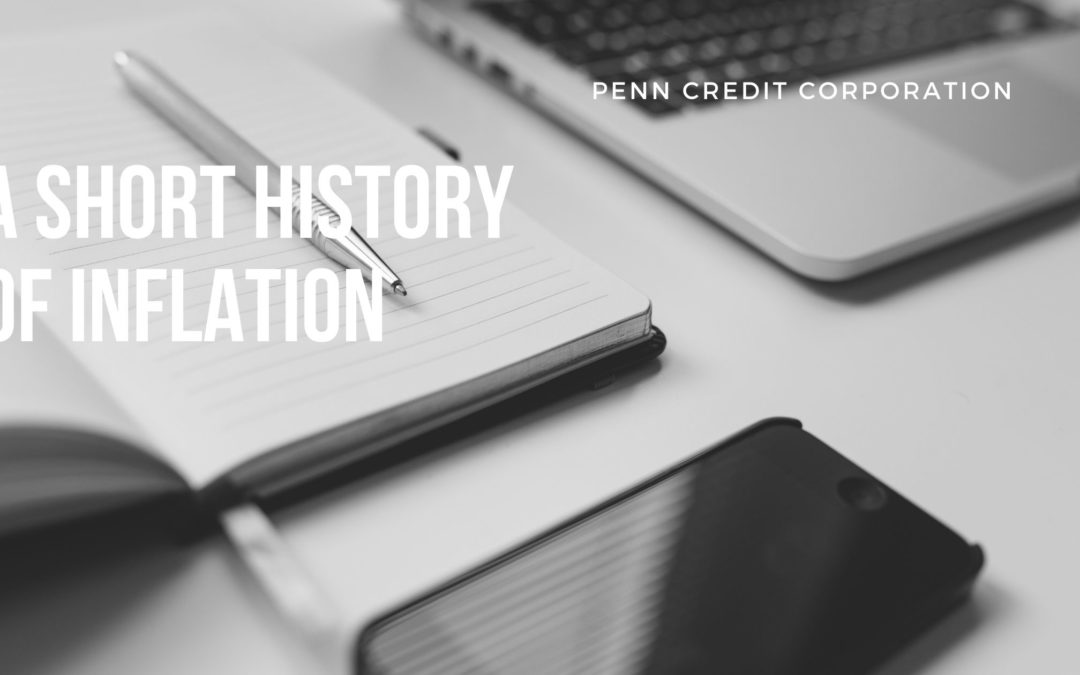Since governments began coining or printing money millennia ago, the phenomenon of inflation has been an aspect of basic economics and commerce.
For example, in ancient Rome, coins were minted using 90% silver in the time of Emperor Nero. But the Roman government began the practice of reducing the amount of silver in coins, replacing them with non-precious metals until they contained just 10% silver 270 years after Nero.
The result was that the government could retain more real value (silver) substance in its control. However, for the people, it meant that their coins became increasingly worthless. It took a lot more “devalued” coins to buy basic goods.
That’s inflation.
In modern times, the same effect happens when the United States (or any country) prints more money so that it can spend more and keep up payments on the federal debt. The effect is downward pressure on the value of the dollar, however, and inflation is the result.
In the U.S., inflation has averaged 3.24% from 1914 through 2021. The highest inflation rate ever in America happened in June of 1920 when it reached 23.7%. The inflation rate dropped precipitously after that and was not a major factor in the U.S. economy until the year 1965.
That’s when a period that economists call “The Great Inflation” began and lasted from 1965 through 1982. It has been described as “the defining macroeconomic influence of the second half of the 20th Century.”
Since the 1920s, inflation has averaged just 1% decade after decade. In 1965, it began to inch upward and reached a troubling 14% by the early 1980s. No one disagrees on what caused inflation to rise. It was a policy promulgated by the Federal Reserve that allowed the growth in an excessive supply of money.
Why the Fed allowed the money supply to grow is an extremely complex story that can be traced back to the Great Depression that began in 1929. But another key period was the end of World War II in 1945. In 1946, the U.S. policy began to focus on policies to promote maximum employment, purchasing power, and a robust GDP.
To make a long story short, the results of the above actions led to a lot of government spending and “printing” of money when it was needed to leverage key effects and initiatives.

